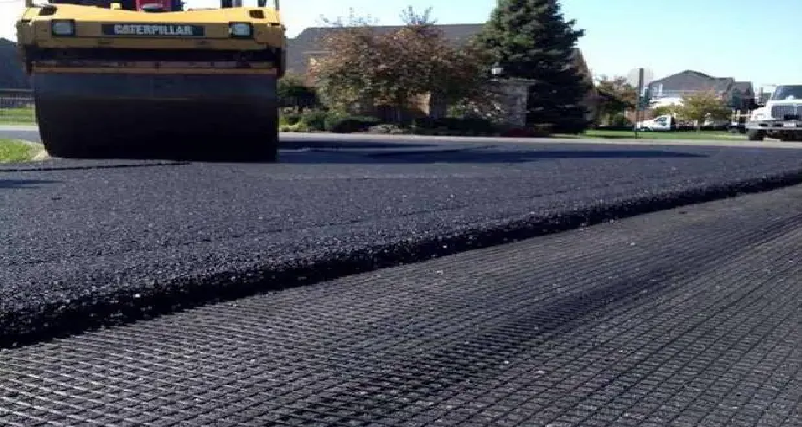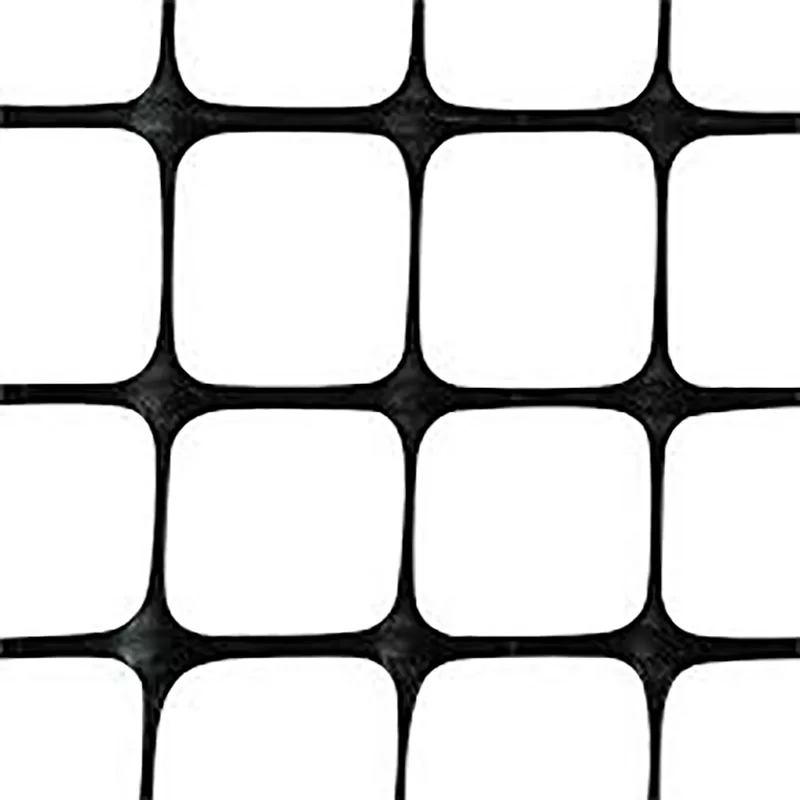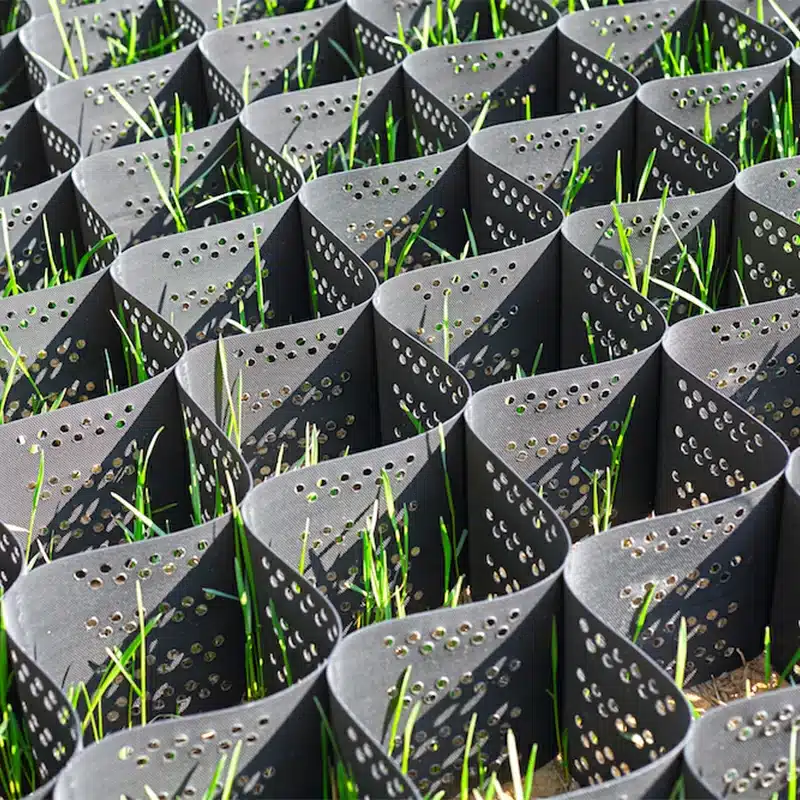+86-159 9860 6917
info@geofantex.com
geofantex@gmail.com
+86-400-8266163-44899
Geosynthetics are widely used in civil engineering and construction to improve the stability and performance of various structures. One of their most important functions is the distribution of loads, ensuring that forces exerted on roads, embankments, and foundations are spread evenly, preventing deformation and failure. In this article, we will explore the different types of geosynthetics used for load distribution, their reinforcement capabilities, and key properties like compressibility and pull-out resistance.
Which type of loading is best supported by geosynthetic reinforcement?
Geosynthetic reinforcement is best suited for distributed and repeated loads that apply pressure over a broad surface. These loads, including embankment load, are commonly found in roadways, retaining walls, and embankments, where consistent weight or force is applied. The geosynthetic reinforcement works by increasing the tensile strength of the soil, distributing the load evenly, and preventing localized failure, such as sinking or settling. This ensures greater stability and longevity for the structure.

What is the type of geosynthetic mainly used for reinforcement?
The most commonly used types of geosynthetics for reinforcement are geogrids and geotextiles. Geogrids are made of polymeric materials that form a grid-like structure, providing high tensile strength and resistance to stretching. This structure helps to reinforce soils and distribute loads more effectively, making geogrids ideal for road construction, retaining walls, and embankments. Geotextiles, on the other hand, are often used alongside geogrids for filtration, separation, and additional reinforcement, further enhancing soil stability in various civil engineering applications.
What is compressibility of geosynthetics?
The compressibility of geosynthetics refers to the material’s ability to compress under pressure without losing its structural integrity. This property is influenced by the relationship between the material thickness as a function of applied normal stress, which helps determine how the geosynthetic will perform under load. Geosynthetics, especially those used for reinforcement like geogrids and geotextiles, typically have low compressibility. This characteristic is crucial because it allows them to maintain their strength and shape under heavy loads, ensuring that the supported structure remains stable over time.
What is the pull-out resistance of geosynthetics?
Pull-out resistance is a measure of how well a geosynthetic material can resist being pulled out of the soil in which it is embedded. This property is particularly important for geosynthetics used in reinforced walls and slopes, where lateral forces may try to displace the material. Pull-out resistance is composed of skin friction on the surface of the geogrid ribs (frictional resistance) and bearing resistance mobilized against the transverse members (passive resistance). Geogrids, in particular, have high pull-out resistance due to their grid structure, which interlocks with the surrounding soil, providing greater stability. This combination of frictional and passive resistance enhances their effectiveness in maintaining the integrity of the structure.
Geosynthetics play a vital role in the distribution of loads in civil engineering, helping to stabilize and reinforce structures. Geogrids are the most commonly used geosynthetic for load reinforcement, providing strength and stability in roadways and embankments. Their low compressibility and high pull-out resistance make them essential in preventing structural failure. Understanding the functions of geosynthetics helps engineers design more durable and reliable infrastructure.



Get Free Sample
We’ll respond as soon as possible(within 12 hours)






















